Let's Get Nudi - why these 2 Nudibranchs are among my favorite

If you haven't seen my new sticker design - check it out. It features two of my favorite Nudibranchs and I am here to tell you why.
Nembrotha kubaryana
- Common Names: Variable Neon Slug, Dusky Nembrotha
- Published & Named in 1877 by Rudolph Bergh
- Found in the Western Indo-Pacific
- Family: Polyceridae
- Diet: Ascidians
When I first started learning about Nudibranchs, I stumbled across a photo of one of these and thought, "that can't be real." I thought the photographer had altered the coloring for sure. But after years of researching Nudibranchs, I am now very familiar with these stunning dorids and can attest that they are very real. Not all Nudibranchs are toxic but these are. Their bright green and orange colors warn any predators to stay back. They store the ascidian's toxins in their tissues and then release them in a slimy defensive mucus when alarmed.
You might also notice that this nudibranch was the inspiration for my logo! That's how much I love it ;)



Chromodoris lochi
- Common Names: Loch's Chromodoris
- Published & Named in 1982 by William Rudman
- Found in the Central Indo-Pacific
- Family: Chromodorididae
- Diet: Sponges
This stunning white and blue dorid nudibranch was the inspiration for the Pokemon Shellos and Gastrodon, although I think the real life version is so much more beautiful! The coloring can vary between individuals, especially in their gills and rhinophores - they are usually light orange but can be a light pink or yellow. There are actually several other nudibranchs that have similar coloring such as Chromodoris willani, Chromodoris boucheti, and Chromodoris dianae. You can usually distinguish a C. lochi by it's uniform blue coloring and the lack of white specks on it's gills/rhinophores. The best way to tell them all apart is by DNA sequencing but since we aren't all scientists with time to DNA sequence each nudibranch we find underwater, we will try our best with coloring characteristics!



No comments








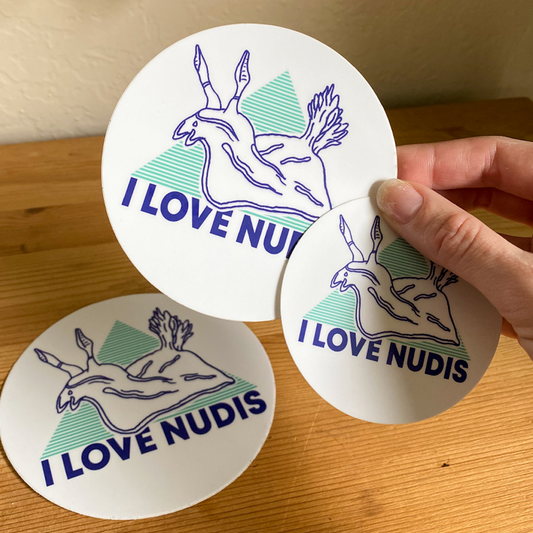
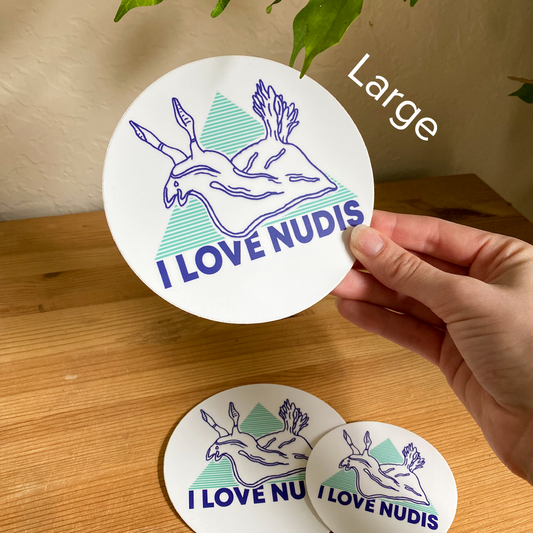

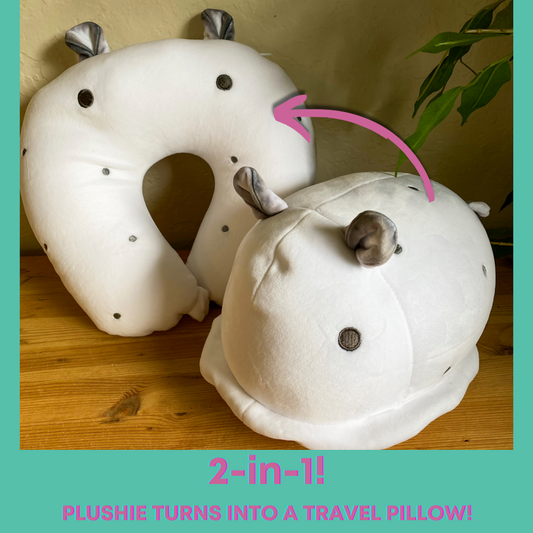
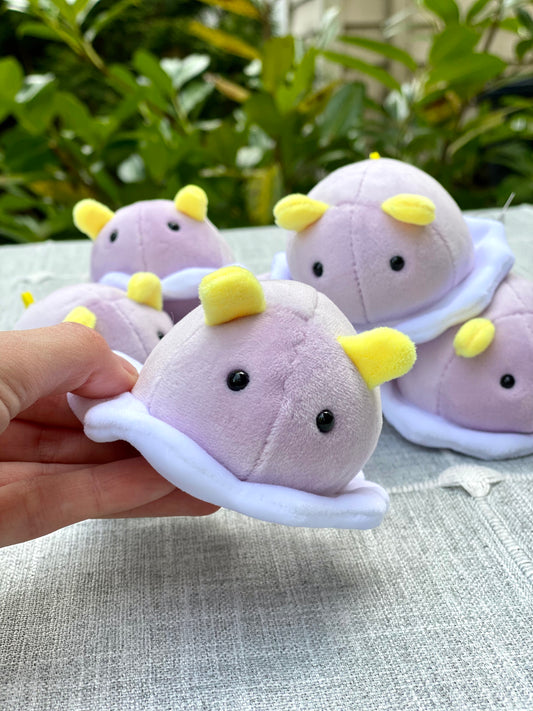
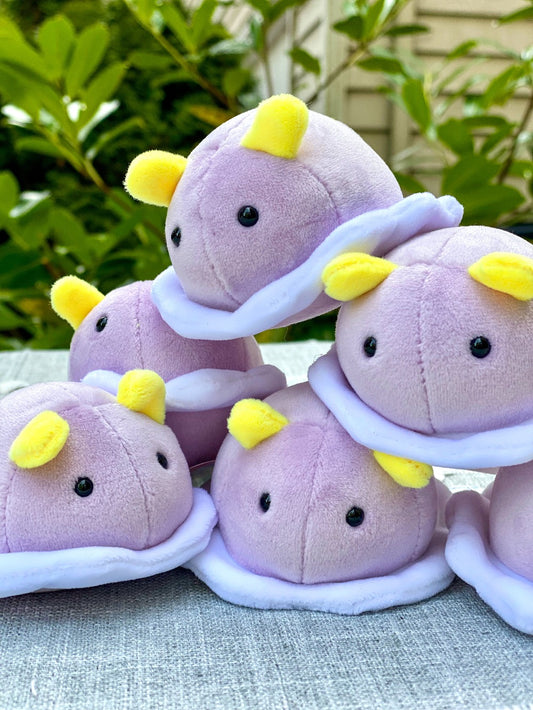
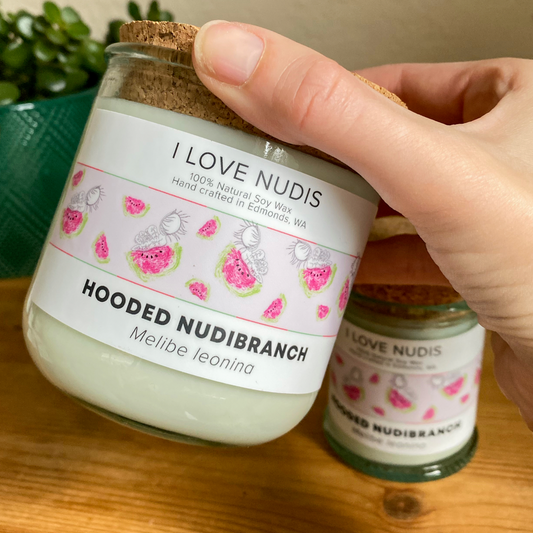
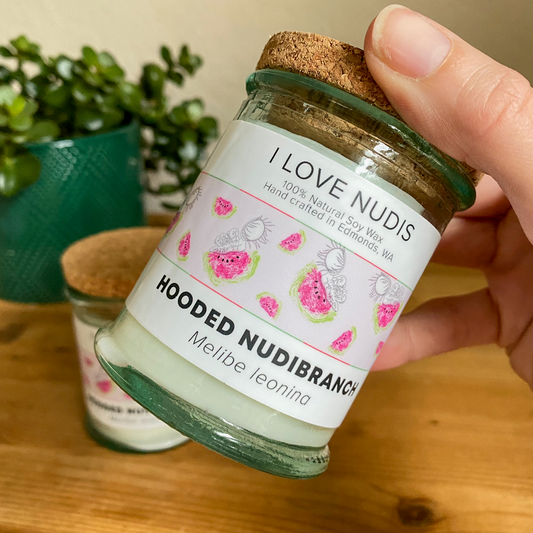

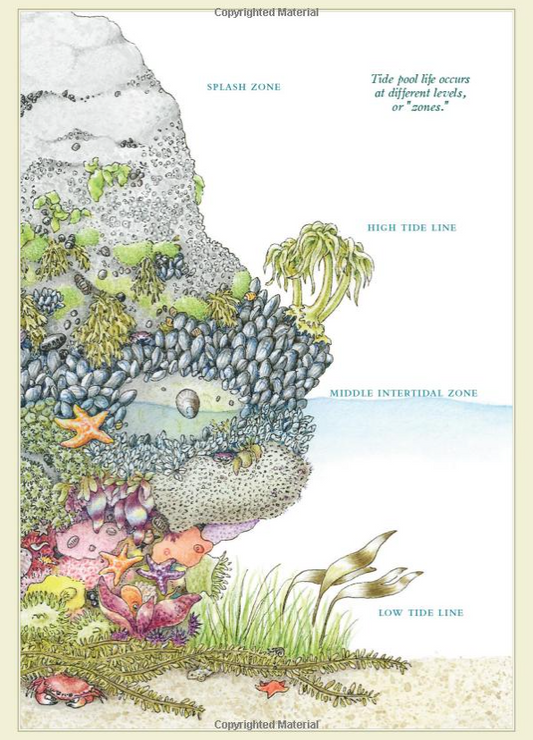
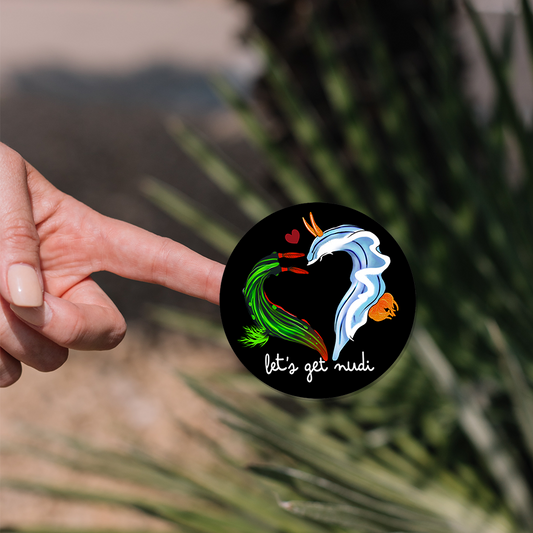
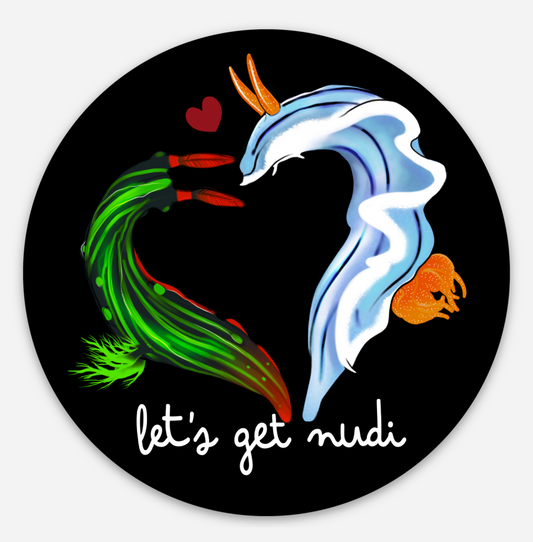


0 comments